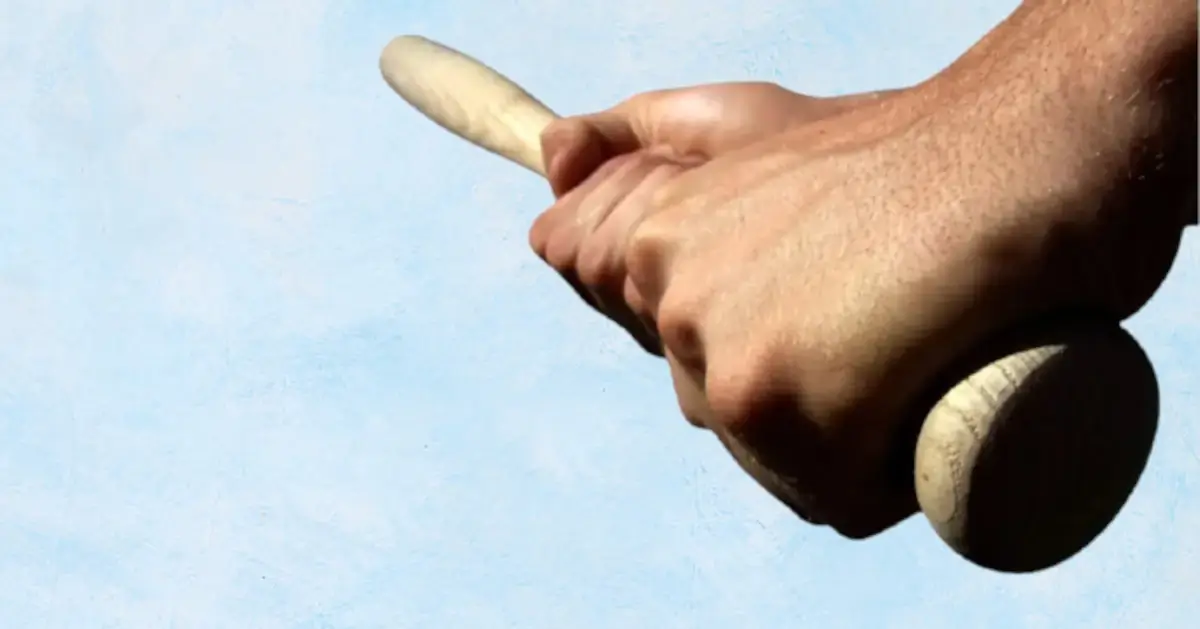On June 10, 2016, Pittsburgh Pirate Francisco Cervelli broke the hamate bone on his left hand, sidelining him for four to six weeks. He thus became another on the long list of Major League Baseball players to break that particular bone.
The following day after sustaining the break, which happened on a swing and a miss, Cervelli had surgery to remove the hook-shaped portion of the hamate bone. The fracture of that bone occurs fairly commonly among baseball players because the handle of the bat contacts that bone, making the hook-shaped portion particularly vulnerable. A look at any batter’s glove reveals a worn-out portion at the location of the hamate bone due to the friction of consistent contact with the bat. This constant pressure occurs with every swing of the bat, making the risk of injury quite high.
The hamate bone is one of eight carpal bones in the wrist, and is located on the outside of the pinky finger. A fracture to the bone frequently occurs in baseball and golf or in racquet sports due to the way the bat (club or racquet handle) makes contact and exerts pressure on the bone.
Symptoms of hamate fracture include:
- Pain in the wrist, little finger on side of the wrist, or pain on palpitating of the hook-shaped portion of the bone
- Diminished grip strength
- Numbness, particularly of the outer two fingers of the hand
- Tenderness to the area of injury
Treatment
A minor fracture or dislocation of the hamate bone can be treated with manipulation and reduction (setting a broken bone without surgery). Reduction is done under local anesthesia, and following the procedure the affected hand is placed in a cast or splint. The cast/splint remains for about six to 10 weeks to immobilize the injury area. Surgery, which entails open reduction, is often done because the healing process with a hamate fracture is poor. Following healing and rehabilitation, surgery returns most patients to prior activity before the injury occurred.
All hamate hook fractures should be referred to a hand surgeon for proper evaluation. As mentioned above, surgery is often indicated. In fact, some studies have shown that with non-surgical treatment, nonunion rates can vary between 50 and 90 percent. This may be due to delayed diagnosis, poor blood supply or bone displacement within the cast due to movement of the fingers.*
By June 23, it was reported that Francisco Cervelli was throwing and taking right-handed swings without gripping the bat with his left (injured) hand. With undoubtedly the best medical care and rehabilitation possible, it goes without saying he is anxious to get back to playing. That’s because Cervelli admitted to being embarrassed by the injury. The timing was far from ideal: the fracture to his hamate bone occurred less than a month after he agreed to a three-year, $31 million deal through the 2019 season with his current team.
Hand surgeon Dr. Michael Horowitz is experienced in the treatment of injuries due to sports. These fall into both the traumatic (such as a fractured hamate bone) or overuse categories. As he stresses, the important first step of these injuries is proper evaluation and diagnosis. Whether it is X-rays or other imaging studies, a physical examination or likely both, Dr. Horowitz can determine the best course of action: from immobilization and splinting to surgery, or some combination of these treatments.

